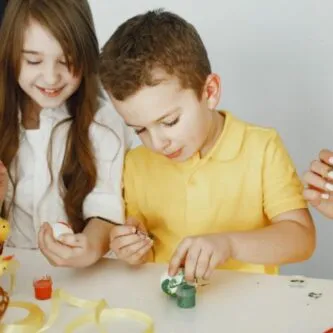
Cooperative and collaborative learning are educational tools wherein students are encouraged and required to work with others to carry out a task or solve a problem. These two types of learning are often used interchangeably, but there are subtle nuances and differences that need to be outlined before their benefits are discussed.
Cooperative learning entails interdependence. This means students need to work together on a common goal. Group works are the most common manifestation of cooperative learning. Meanwhile, collaborative learning entails independence. However, an exchange of ideas is still required in order to complete a given task in the best possible way.
Consider cooperative learning as a bus-ride on the way to a certain location. Students must navigate their way together to reach that location in the fastest, most convenient, and safest way possible. On the other hand, collaborative learning can be likened to a race, but instead of trying to reach the finish line first, the objective is to make sure everyone reaches the finish line before the time is up. They can work together, but the responsibility is still within the individual driving his or her car.
Despite the differences between these two types of learning, their similarities are what make them valuable and here’s how they can benefit your child’s learning endeavors.
Shared learning experiences means better understanding
What is common between the two are the shared learning experiences. Because both styles of learning involve the sharing, critiquing, and reforming of ideas, students get to understand certain lessons and concepts much better. Improved understanding of both the lessons and one another as groupmates leads to better behavior and performance in school. Different perspectives are also shared with each other which further enhances a student’s empathy and worldview.
Communication skills are developed
In a group setting, communication is one of the most valuable tools that ensure success. However, poor communication will often be detrimental to any group effort, which is why whether the group members like it or not, proper communication must be implemented. Good communicators will be rewarded while those who are lacking will need to improve. In a collaborative setting, students have every chance they need to become better communicators.
On top of that, another notable quality that is also developed alongside communication skills is confidence — an invaluable trait to have for any child.
Key Takeaway
Your child can greatly benefit from an incorporation of cooperative and collaborative activities. Beyond group learning in a school setting, you can also try to practice it with your child by doing team-oriented exercises such as puzzles, board games, and even sports. With these efforts, you are giving him the best opportunities to be a successful learner.






-logo.png)



